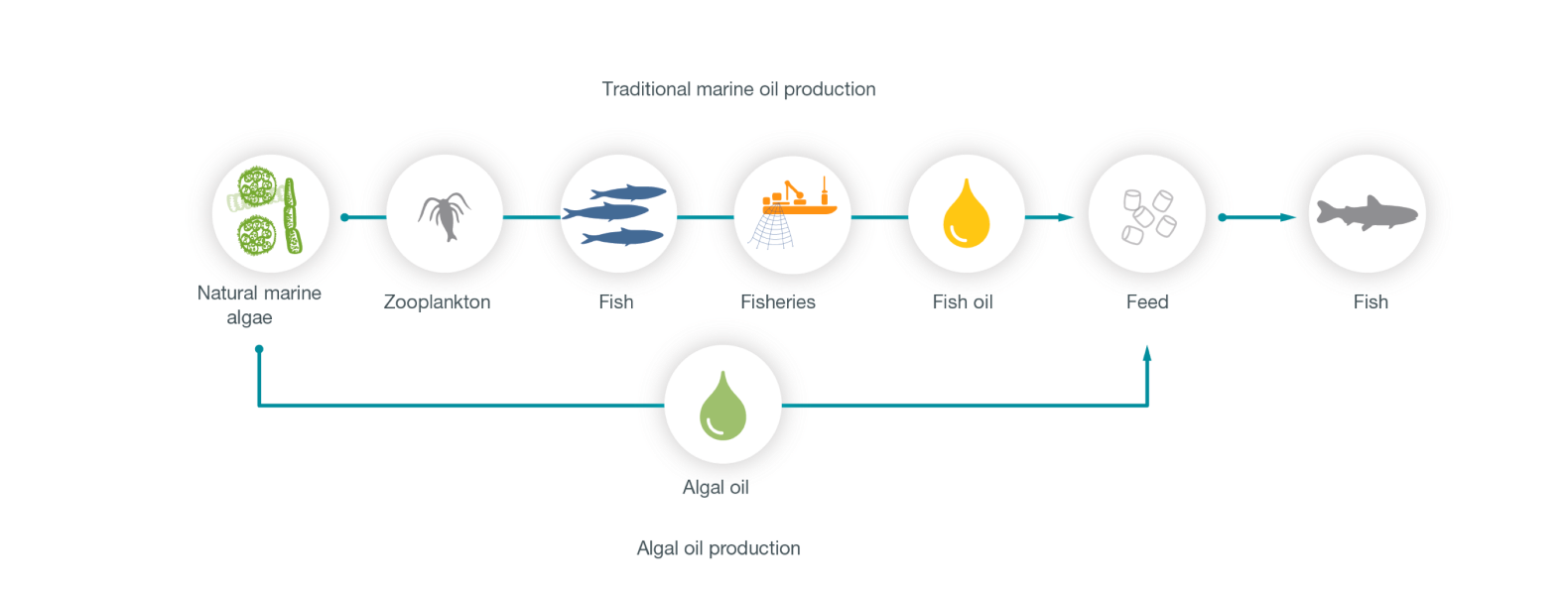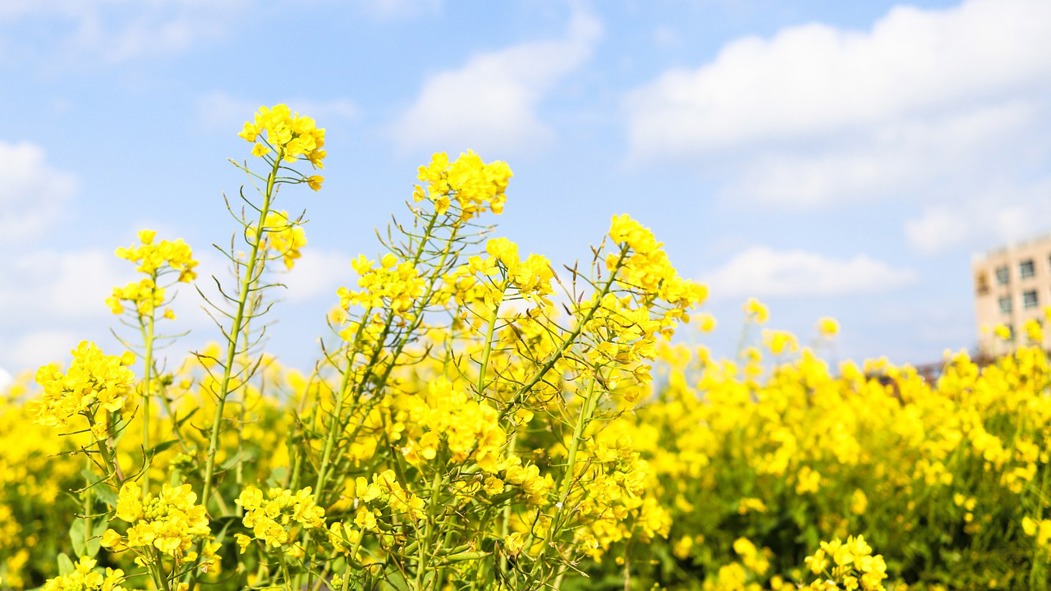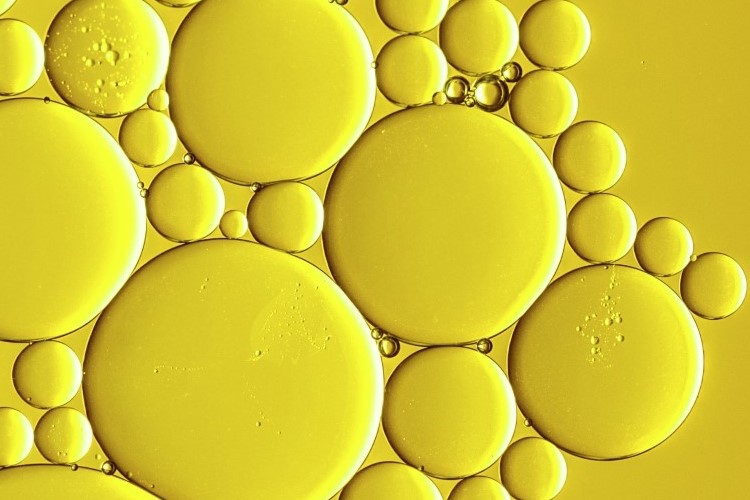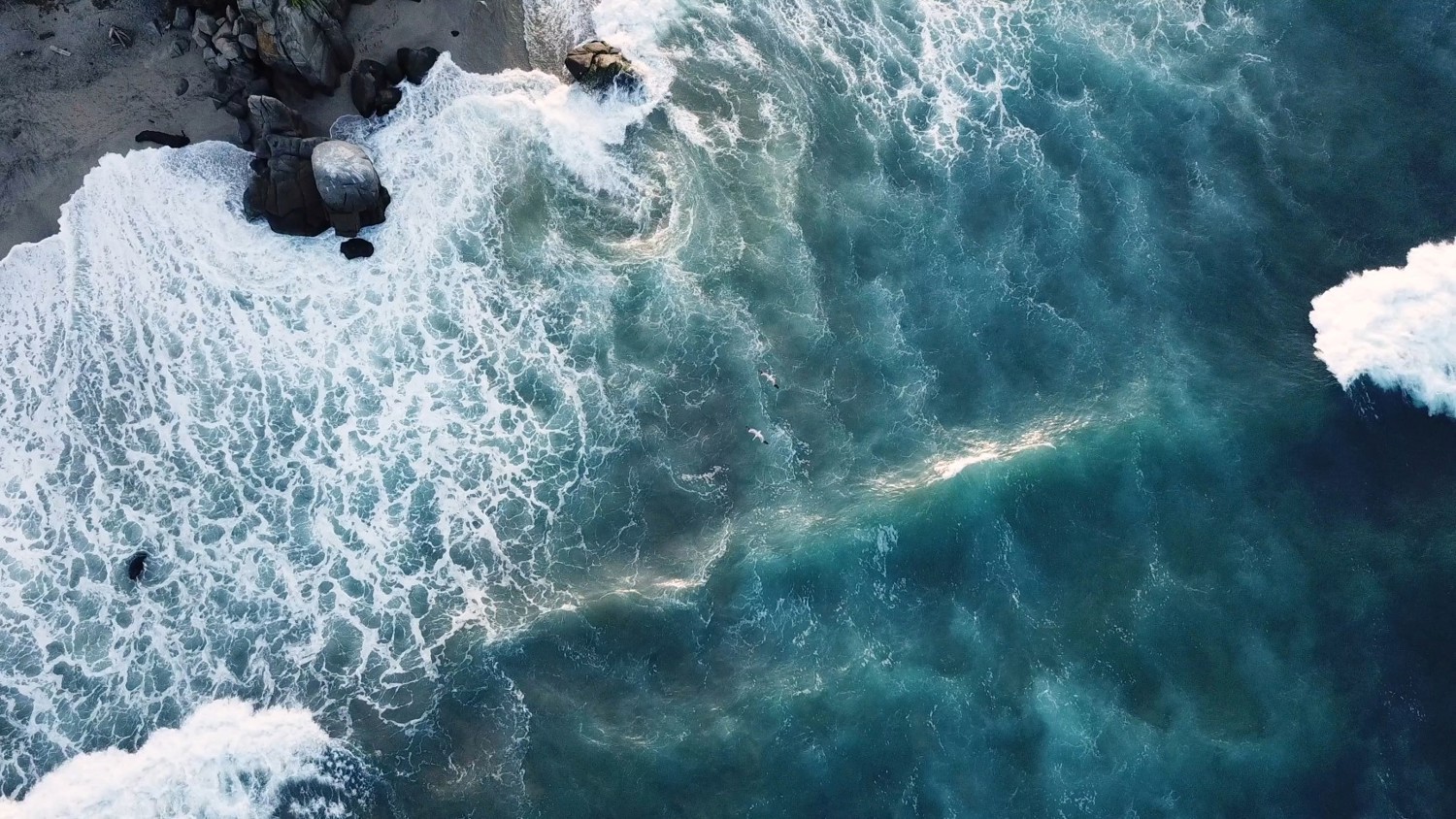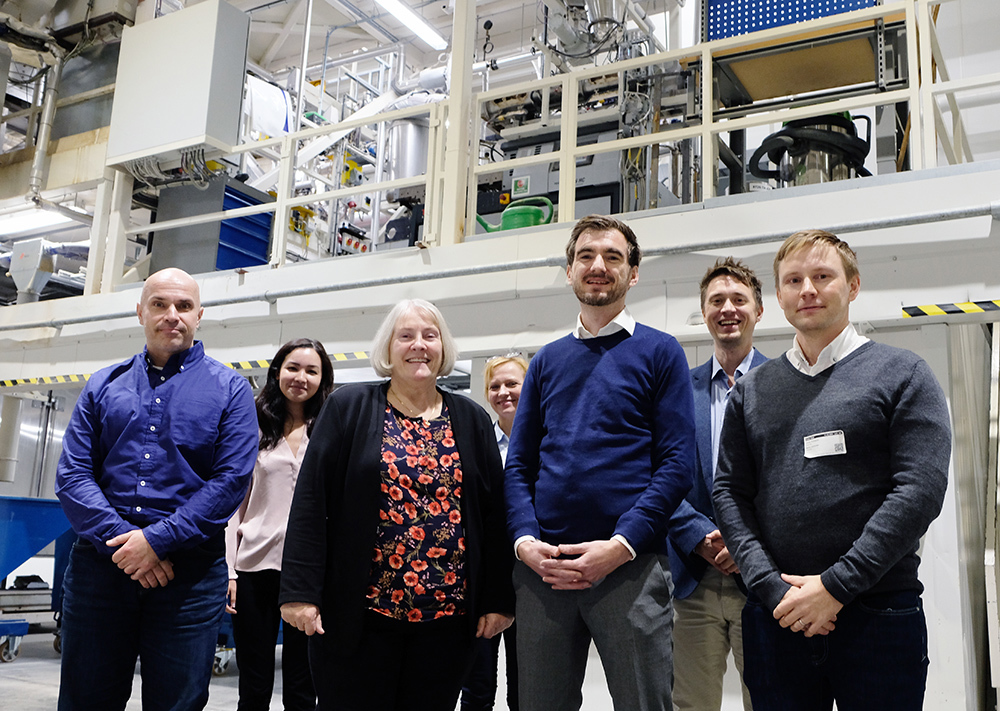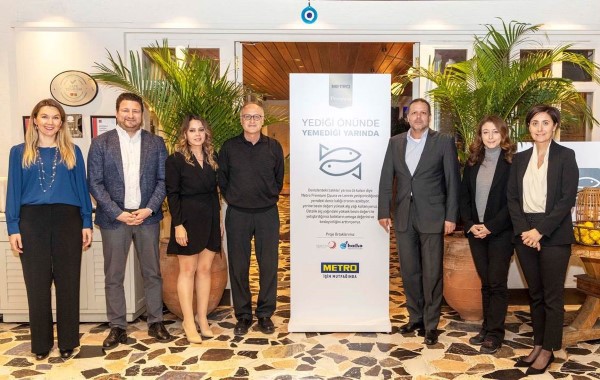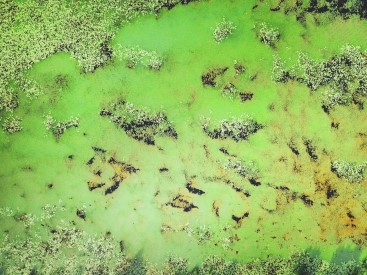
Omega-3 from marine algae - an innovative solution for increased protein production
Skretting feeds containing no fish meal or fish oil can successfully grow salmon to harvest size with no negative impact on fish performance or health while retaining the nutritional content of the salmon fillet.
This was made possible with the innovation from our collaborator Veramaris to produce industry-first marine algal oil containing both long-chain omega-3 fatty acids, EPA and DHA. Through our collaboration, the dream of being infinitely flexible with feed ingredients became a reality.

